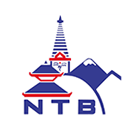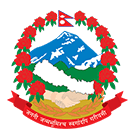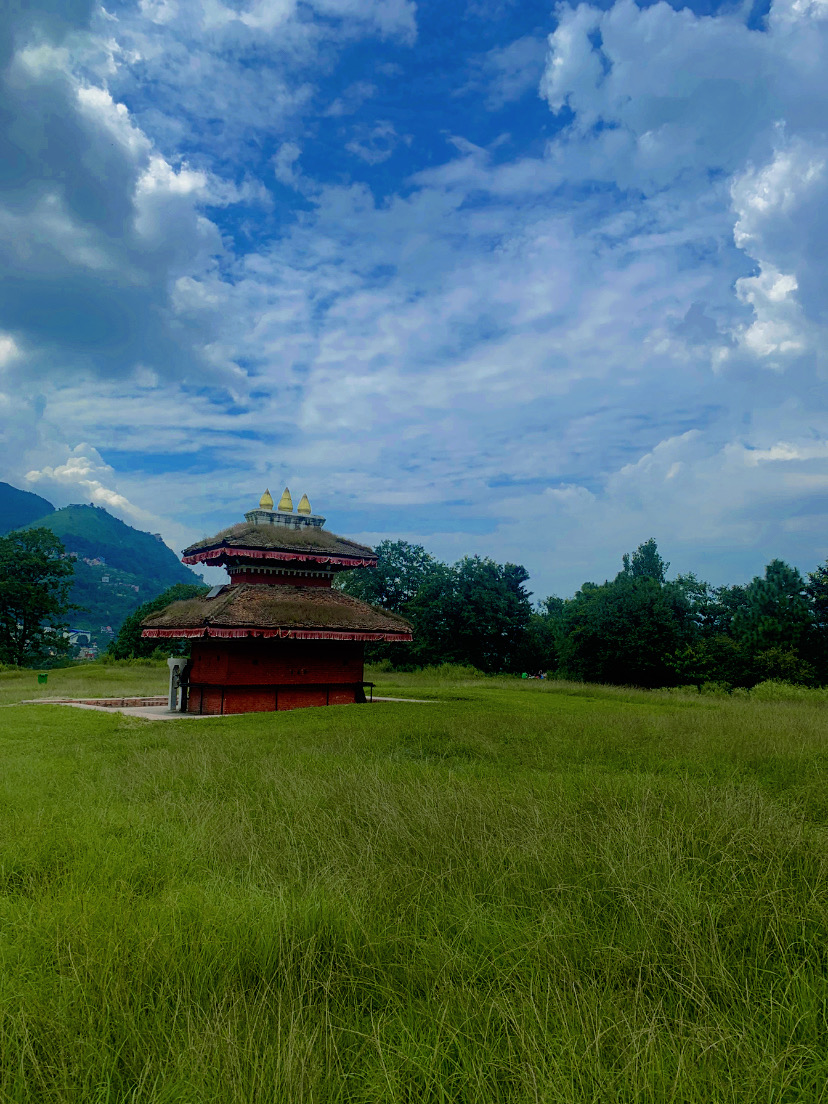The Sikali Temple is situated approximately 10 kilometers south of the Kathmandu Valley. The Sikali Temple in Khokana, built around 336 Nepal Sambat, is indeed a remarkable religious site known for its beauty and serene surroundings. The temple’s open and clean architecture, set amidst lush green meadows, surrounded by hills and paddy fields, creates a picturesque scene that is not only spiritually significant but also aesthetically pleasing. The views of the Chandragiri and Champadevi hills, create a truly mesmerizing atmosphere. The location of the temple in an isolated place away from the hustle and bustle of main settlements creates a romantic ambiance, making it a perfect retreat for worshippers and visitors.
According to local legend, King Amar Malla migrated the Maharjan and Dangol communities from Pachali Bhairav to Khokana to take care of the Sikali temple. The temple and the migration are considered important events in the history of the town. Khokana, which was initially known as Jitapur, transformed into a settlement due to the establishment of the temple and the migration of these communities.
Sikali Jatra During Dashain Time
Sikali Jatra is a vibrant and deeply rooted festival celebrated in Khokana, distinct from the widely observed Dashain festival in Nepal. This unique festival, dedicated to the goddess Rudrayani, spans nine days, from Ghatasthapana to Mahanawami.
The festivities commence with an intriguing ritual. Eight young Kumar boys are secluded within the Sikali Temple, located just outside the heart of Khokana, to perform a secretive Tantric puja. During their four-day stay, these boys adhere to strict regulations, refraining from consuming certain foods and alcohol, and bathing in the Bagmati River in a specific manner.
On the third day, these boys collect votive items from local households and use them for the worship of Rudrayani at the Sikali Temple. A significant aspect of Sikali Jatra involves the ritual sacrifice of three male buffaloes by designated Guthis, with specific criteria ensuring the animals’ purity.
The pinnacle of the festival arrives on the fifth day when the idol of Rudrayani Devi is carried from its main square temple to the Sikali Temple in an ornate wooden palanquin. Accompanied by trustees and priests from the Guthis, the goddess undergoes various rituals, including the sacred Ashvamedha Yagya spanning two days.
The subsequent days see elaborately dressed participants, representing various deities, dancing through Khokana, with some even walking over fire as part of the ritual. Devotees also partake in a significant custom where rice, considered Prasad, is distributed, believed to have healing properties.
This joyous procession continues until the eighth day, Maha Ashtami, when the idol of Rudrayani is reverently placed back in its temple. Following this sacred event, the town celebrates with communal feasts, marking the successful completion of Sikali Jatra. Post-celebrations, the people of Khokana rest, rejuvenating their energy for the upcoming harvest season, a respite that sets this unique festival apart in the tapestry of Nepal’s cultural heritage.
Blog Tags:
- #AshvamedhaYagya
- #BuffaloSacrifice
- #CulturalEvents
- #CulturalRituals
- #Dashain Festival
- #GuthiTradition
- #Kathmandu Valley
- #KhokanaCommunity
- #KhokanaHistory
- #KhokanaNepal
- #Nepal Traditions
- #NepalCulturalHeritage
- #NepalFestivals
- #NepaliHarvestSeason
- #NepalReligiousSites
- #PrasadDistribution
- #RudrayaniGoddess
- #Sikali Jatra During Dashain
- #SikaliJatra
- #SikaliTemple
- #TantricPuja
Quick Link
Latest Blogs

Essential Packing List for Everest Base Camp Trek
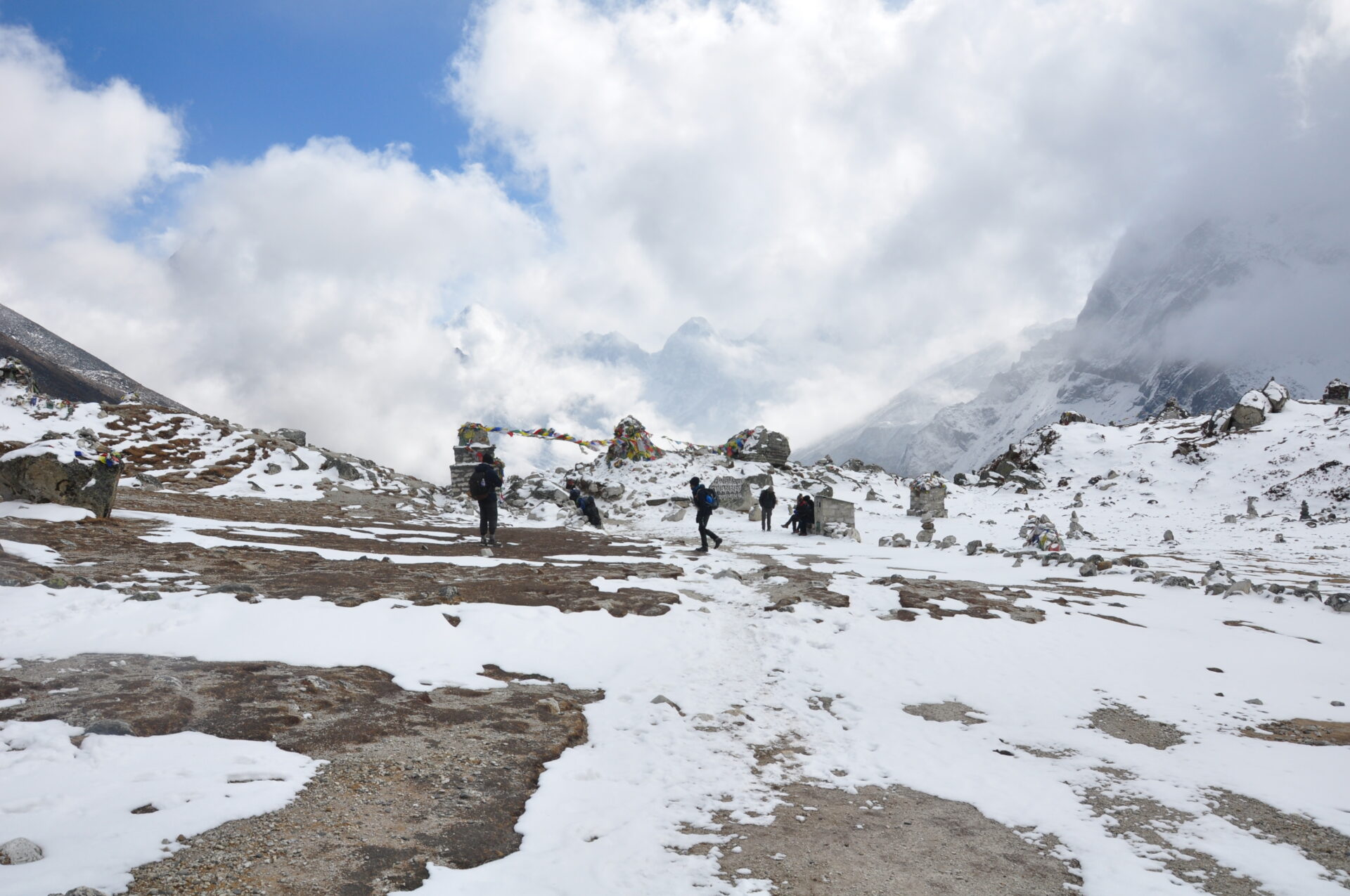
Everest Base Camp Trek in Winter
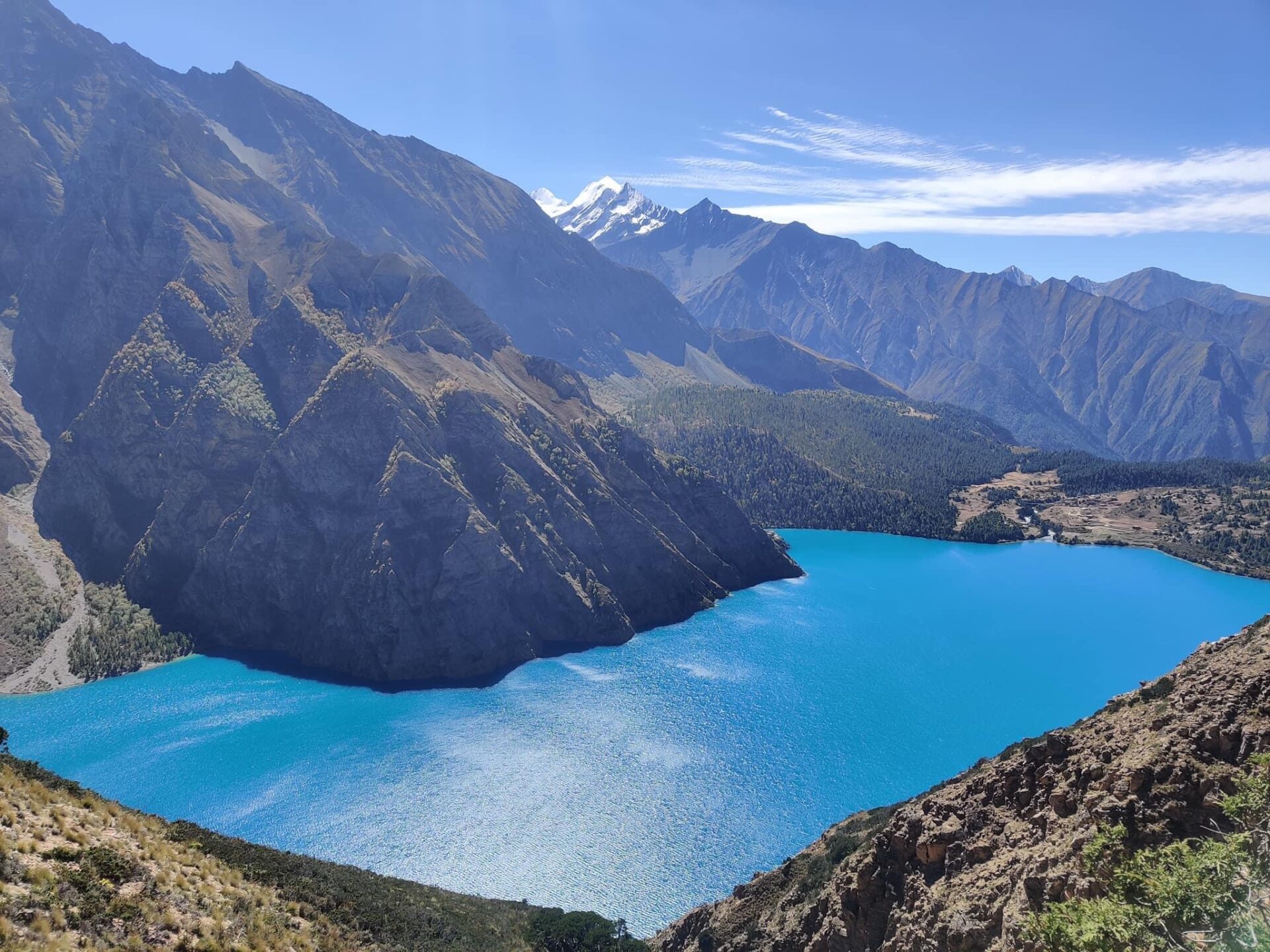
Nepal Untouched Beauty: Exploring Shey Phoksundo Lake
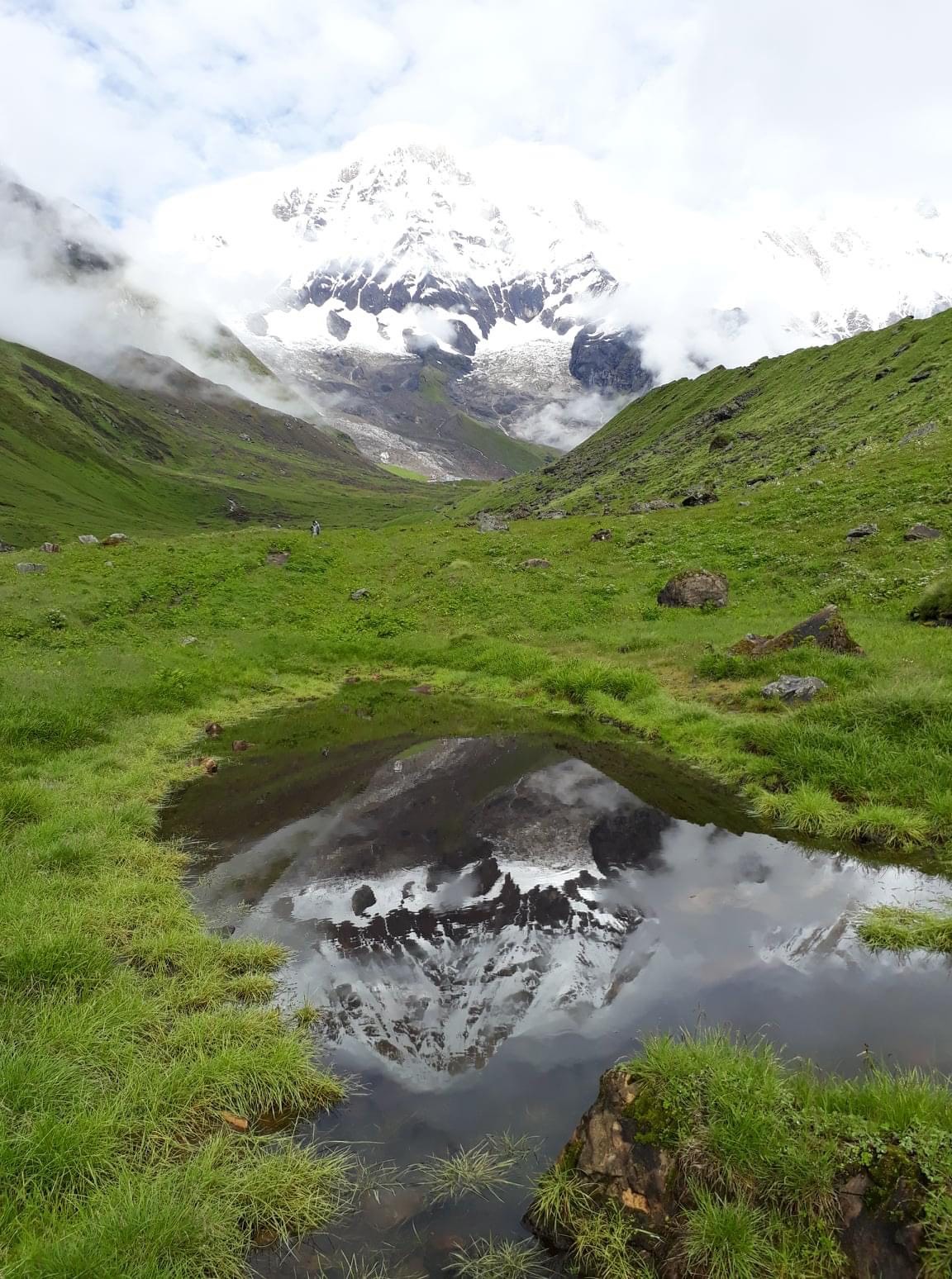
High Altitude Adventure: A Guide to the Annapurna Base Camp Trek
Affliations
We are Associated and Certificied with
